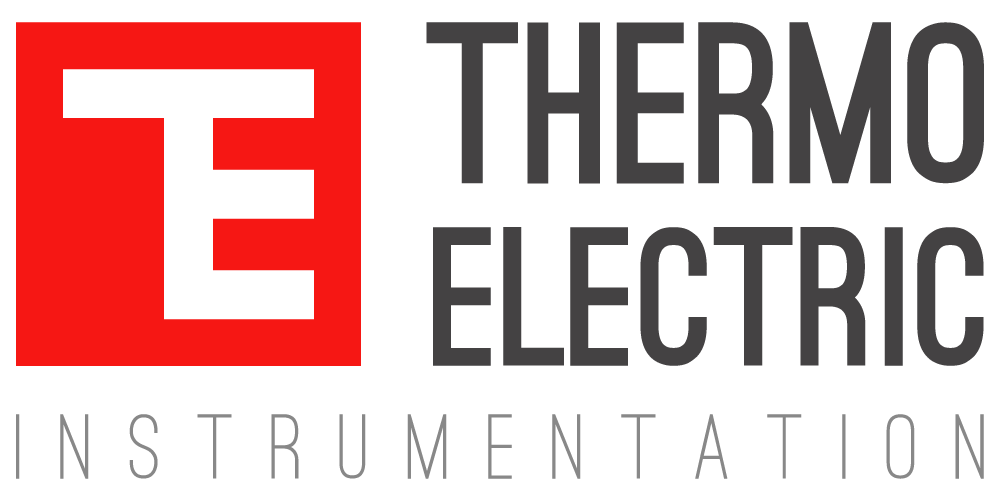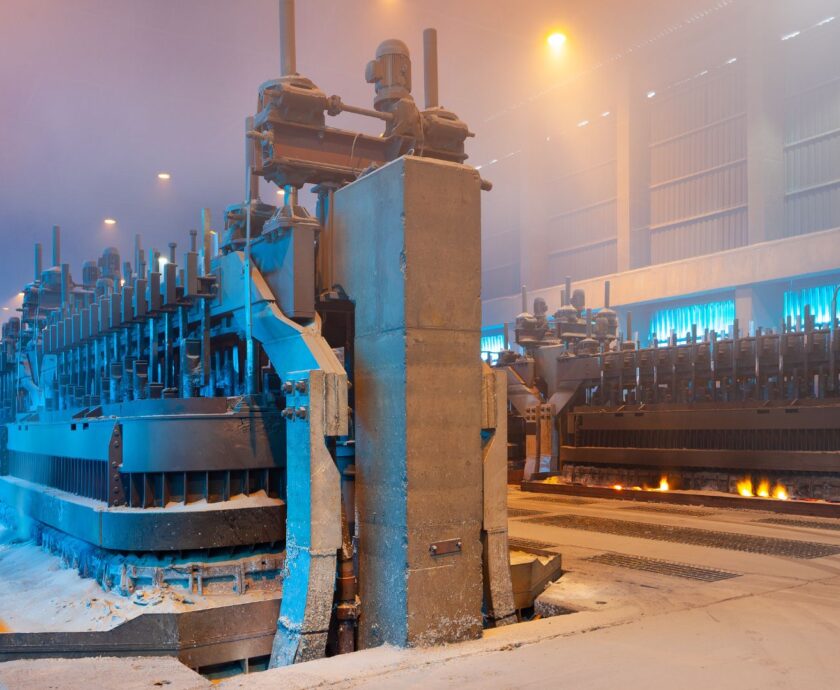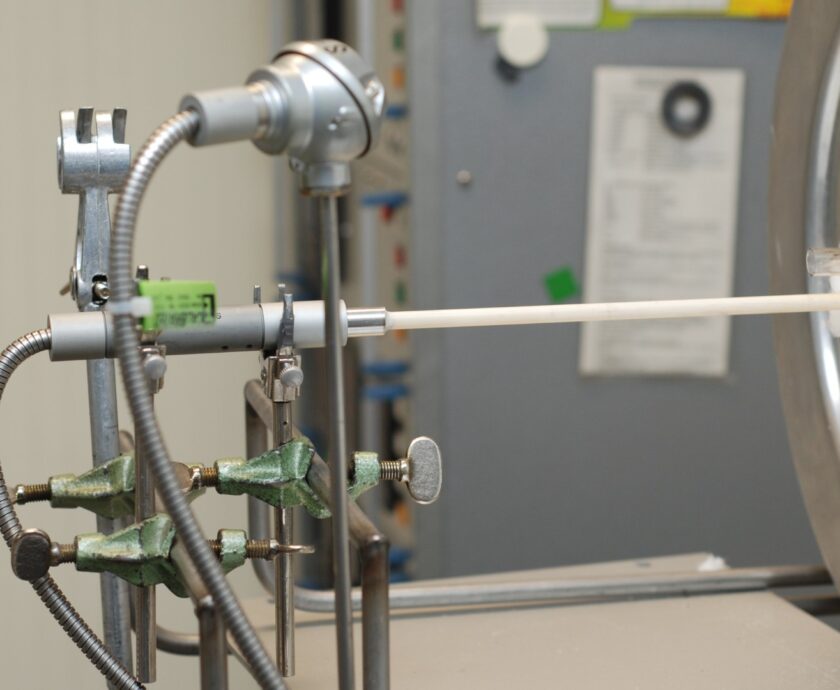Specifying the right thermocouple (T/C) is critical for ensuring accurate and reliable data. While the basic principles of thermocouple selection mirror those for Resistance Temperature Detectors (RTDs), there are additional factors unique to thermocouples that must be considered. This article aims to provide guidance on selecting the best T/C type, style, and mounting options for your specific application.
- Selecting the T/C Type
Thermocouples are made from various metal combinations, each offering different output characteristics that define the applicable temperature range and the corresponding voltage output. The higher the voltage output, the higher the measurement resolution, which in turn increases repeatability and accuracy. However, there are trade-offs between measurement resolutions and temperature ranges, making certain T/C types more suitable for specific ranges and applications.
- Cost-Effectiveness and Assembly
It is typically more cost-effective to specify and order the T/C as part of a factory-assembled, tested, and calibrated measurement system complete with the thermowell and transmitter. This approach not only ensures proper fit and function but also offers significant savings compared to ordering individual components and assembling, testing, and calibrating in the field.
- Profiling Applications and Extension Wire
For profiling applications, consider multipoint assemblies. Additionally, ensure that the proper T/C extension wire is specified. It must match the T/C type and be produced in accordance with the same colour code standard as the T/C.
- Sensor Design: Grounded or Ungrounded
Choose either grounded or ungrounded sensor design. Grounded sensors respond somewhat faster but are more susceptible to noise pickup from the process and more prone to junction contamination. The response time of the measurement is mostly dependent on the thermowell mass, rather than the sensor mass. Therefore, this choice should be carefully evaluated based on the specific needs of your application.
- Dual Element Design for Redundancy
Consider a duplex design where a redundancy, backup, or sensor drift function may be beneficial. This is particularly important in applications where the measurement might be connected to two separate systems or devices. Duplex elements can be in isolated or unisolated configurations. Isolated junctions may not read identical temperatures but can identify drift due to the contamination of one of the elements. If one junction fails, the second junction is not necessarily affected. Unisolated junctions measure identical temperatures to increase the integrity of the measurement point. However, if one junction fails, it is likely that both junctions will fail simultaneously.
- Thermocouple Types and Their Characteristics
Understanding the characteristics of different thermocouple types is essential:
- Type K (Chromel-Alumel): Common, general-purpose with a sensitivity of approximately 41 µV/ºC. The temperature range is -40 °C to 1,000 °C for Class 1 and -40 °C to 1,200 °C for Class 2, with special limits ranging from -200 °C to 40 °C (Class 3). Suitable for continuously oxidizing or neutral atmospheres, most used above 538 °C. Vulnerable to sulfur exposure and green rot.
- Type J (Iron-Constantan): More restricted range than Type K, with higher sensitivity. The temperature range is -40 °C to 750 °C for both Class 1 and Class 2. Very linear in the range of 149 to 427 °C. It becomes brittle below 0 °C and is subject to oxidation at higher temperatures.
- Type E (Chromel-Constantan): Non-magnetic with the highest output voltage vs. temperature change. The temperature range is -40 °C to 800 °C for Class 1 and -40 °C to 900 °C for Class 2, with special limits ranging from -200 °C to 40 °C (Class 3). Recommended for continuously oxidizing or inert atmospheres.
- Type T (Copper-Copper-nickel): Suitable for lower temperature ranges and oxidizing, reducing, inert atmospheres, or vacuum. The temperature range is -40 °C to 350 °C for both Class 1 and Class 2, with special limits ranging from -200 °C to 40 °C (Class 3). Exhibits high resistance to moisture corrosion and demonstrates good linearity.
- Type N (Nicrosil-Nisil): Offers higher thermoelectric stability than base-metal types. Suitable for extended periods at high temperatures, but should not be used in vacuums or reducing atmospheres. The temperature range is -40 °C to 1,000 °C for Class 1 and -40 °C to 1,200 °C for Class 2, with special limits ranging from -200 °C to 40 °C (Class 3).
- Types R and S (Platinum alloy based): Reserved for extremely high-temperature applications, with a temperature range of 0 °C to 1,600 °C for Class 1 and 600 °C to 1,700 °C for Class 2. Type R is more commonly used in industry, while Type S is used in laboratories.
- Type B (Platinum-Rhodium alloy based): Suitable for clean air/oxidizing environments with temperatures above 600°C for Class 2. Not recommended for reduction atmospheres.
Overall, the correct specification of a thermocouple requires a detailed understanding of the various types available and their specific characteristics. By considering factors like the measurement range, application environment, sensor design, and assembly type, you can ensure that the chosen thermocouple provides accurate, reliable measurements tailored to your industrial needs.
Remember, the right choice in specifying a thermocouple can significantly impact the efficiency and success of your temperature measurement processes.
Please contact us to discuss any specific process requirements that you may have.
